6 Symptoms of a Bad Brake Booster
Do you feel the brake pedal is harder than usual needing more pressure to apply brakes? This could be a sign of a failing brake booster, a critical component of your vehicle’s braking system. When the brake booster starts to fail, it can lead to a range of symptoms that affect your driving experience and, more importantly, your safety on the road. We will let you know the symptoms of a bad brake booster and many more valuable details regarding this topic.
What is a Brake Booster?
A brake booster is a component of a vehicle’s braking system that amplifies the force applied to the brake pedal, making it easier to slow down or stop the vehicle. It works by using vacuum pressure from the engine to assist in applying the brakes.
The brake booster is important for the braking system because it enhances the driver’s ability to stop the vehicle quickly and safely. Without a brake booster, the driver would need to apply much more force to the brake pedal to achieve the same braking effect. This can be especially challenging in emergency braking situations, where a quick response is crucial to avoid accidents.
In addition, a properly functioning brake booster helps to ensure smooth and consistent braking performance, contributing to a comfortable driving experience. Overall, the brake booster plays a critical role in the effectiveness and safety of a vehicle’s braking system.
Symptoms of a Bad Brake Booster
Hard brake pedal, requiring more stopping distance, hissing noise, and engine stalling are some of the symptoms of a bad brake booster. Here is a detailed explanation of these factors.
Hard Brake Pedal
As mentioned at the beginning of the article, one of the most common symptoms of a failing brake booster is a hard brake pedal. When you press the brake pedal, it feels unusually firm and requires more effort to engage the brakes. This happens because the brake booster is not amplifying the force from your foot as it should, making braking feel less responsive.
Increased Stopping Distance
A bad brake booster can also lead to an increase in stopping distance. Since the brake pedal feels harder to press, it may take longer for you to come to a complete stop, especially in emergency braking situations. This can be dangerous, as it reduces your ability to react quickly to hazards on the road.
Hissing Noise
Another sign of a failing brake booster is a hissing noise when you press the brake pedal. This noise is caused by a vacuum leak in the brake booster, which can occur due to a damaged diaphragm or a faulty seal. The hissing sound is the result of air being drawn into the booster, reducing its effectiveness.
Engine Stalling
In some cases, a bad brake booster can cause the engine to stall or idle poorly when the brakes are applied. This happens because the engine is struggling to maintain a consistent idle speed due to the increased load from the hard brake pedal. If you notice your engine stalling when you brake, it could be a sign of a failing brake booster.
Brake Fluid Leaks
A failing brake booster can sometimes lead to brake fluid leaks. If you notice brake fluid leaking from the brake booster or around the master cylinder, it could indicate a problem with the booster that needs to be addressed immediately. Leaking brake fluid can compromise the effectiveness of your brakes and should be fixed as soon as possible.
Visible Damage
Finally, you may visually inspect the brake booster for any signs of damage, such as cracks or dents. Physical damage to the booster can affect its performance and should be addressed promptly.
What is the Danger of a Failing Brake Booster?
When a brake booster starts to fail, the consequences can be far-reaching, affecting not only the vehicle’s performance but also the safety of everyone on board and those sharing the road. One of the most immediate dangers of a failing brake booster is the increased difficulty in braking.
As the booster loses its ability to amplify the force applied to the brake pedal, the pedal feels harder and requires more effort from the driver to engage the brakes. This can lead to delayed braking responses, especially in emergency situations, where split-second decisions can mean the difference between a near miss and a serious collision.
Another danger of a failing brake booster is the potential increase in stopping distance. With a harder brake pedal, it takes longer for the driver to apply enough force to slow down or stop the vehicle.
This can be particularly hazardous in situations where a sudden stop is required, such as when encountering unexpected obstacles or hazards on the road. The longer stopping distance increases the risk of rear-end collisions and other accidents, posing a serious threat to the safety of the driver, passengers, and other road users.
Furthermore, a failing brake booster can lead to erratic braking behavior, such as uneven braking pressure or a sudden loss of braking power. This can make it difficult for the driver to maintain control of the vehicle, especially during hard braking or when driving at high speeds. The lack of consistent braking performance can increase the likelihood of skidding or losing control of the vehicle, further heightening the risk of accidents.
Additionally, a failing brake booster can put additional strain on other components of the braking system, such as the brake master cylinder and brake lines. This can lead to further damage and potential brake failure if not addressed promptly.
Overall, the dangers of a failing brake booster are significant and should not be ignored. Regular maintenance and prompt repairs are essential to ensure the safety and reliability of your vehicle’s braking system.
What to Do If You Suspect a Brake Booster Failure?
If you suspect a brake booster failure in your vehicle, it’s crucial to handle the situation with caution and take immediate action. First and foremost, stay calm and focused while driving.
If you notice that the brake pedal feels unusually hard or requires more effort to engage, it could be a sign of a failing brake booster. In such a situation, it’s important to remain vigilant and avoid sudden or aggressive braking, as this could lead to a loss of control.
As soon as it’s safe to do so, pull over to the side of the road and turn on your hazard lights to alert other drivers. Once stopped, perform a visual inspection of the brake booster and surrounding components for any signs of damage, such as leaks or cracks.
Check the brake fluid levels in the reservoir to ensure they are within the recommended range, as low fluid levels could indicate a leak in the system.
It’s advisable to avoid driving the vehicle if you suspect a brake booster failure, as this could compromise your safety and the safety of others on the road. Instead, contact a qualified mechanic or brake specialist to diagnose the issue and recommend the necessary repairs.
Attempting to repair the brake booster yourself is something that we do not recommend, as it requires specialized knowledge and tools.
Once the issue has been diagnosed, follow the repair recommendations provided by the mechanic. This may involve repairing or replacing the brake booster, as well as any other components that may be contributing to the issue.
After the repairs have been completed, test the brakes to ensure they are functioning properly. If you notice any unusual symptoms or changes in braking behavior, have your vehicle inspected by a professional immediately.
How to Fix a Bad Brake Booster?
Fixing a bad brake booster typically involves either repairing or replacing the faulty component.
If the issue is minor, such as a vacuum leak or a damaged diaphragm, the mechanic may be able to repair the brake booster. This could involve replacing the faulty components or sealing any leaks.
If the brake booster is severely damaged or cannot be repaired, it will need to be replaced. The mechanic will remove the old brake booster and install a new one. This process can be more involved and may require disconnecting and reconnecting various components of the braking system.
Related


Meet Lakith, the driving force behind MyGasMagazine.com. A seasoned mechanic with over 7 years of hands-on experience in our family-run Gas Mag Garage, Lakith combines his technical expertise with a deep passion for cars. His journey in the automotive world began alongside his father, learning the intricacies of car repair and maintenance. Today, as the founder of MyGasMagazine.com, Lakith shares his wealth of knowledge, offering readers a unique blend of practical advice, industry insights, and engaging stories from the vibrant car culture of Sri Lanka.

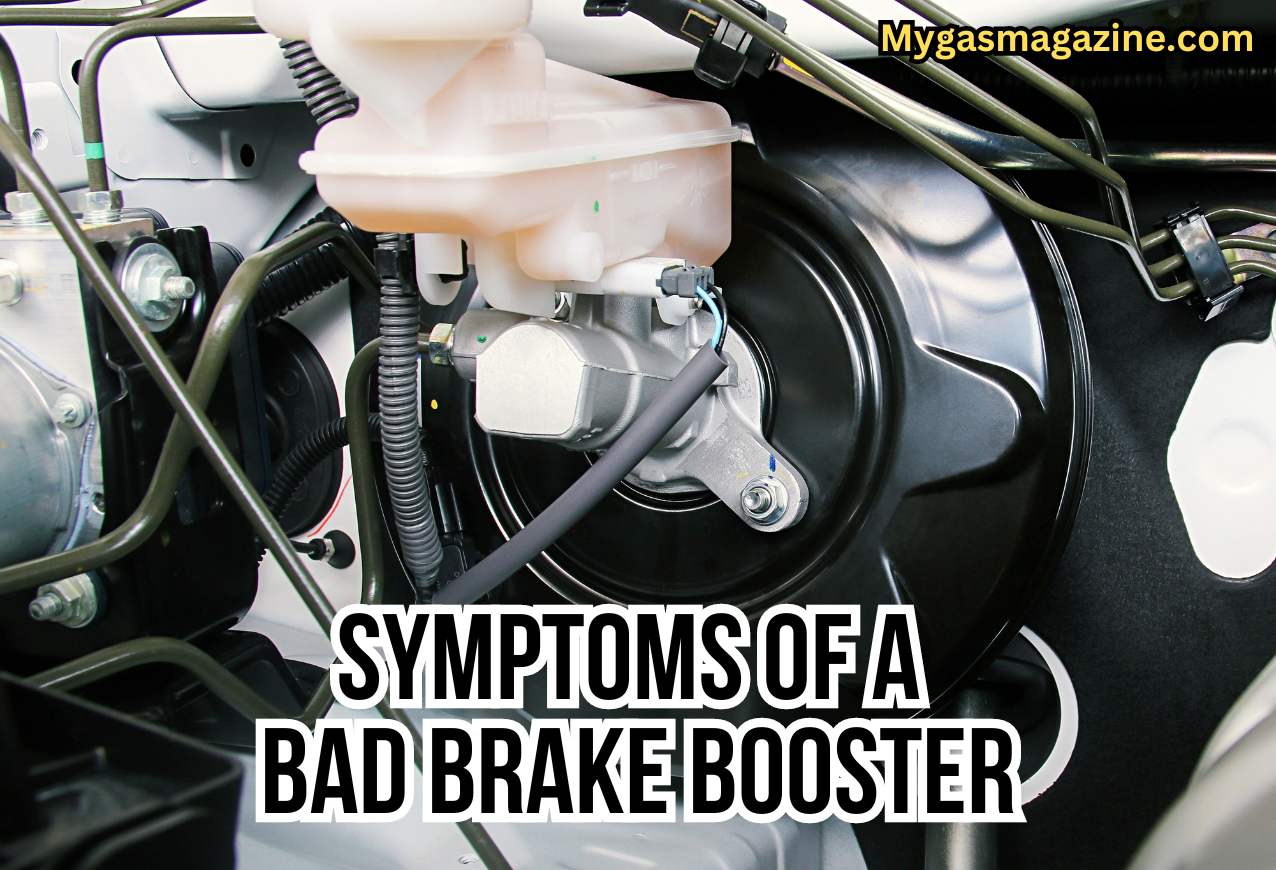
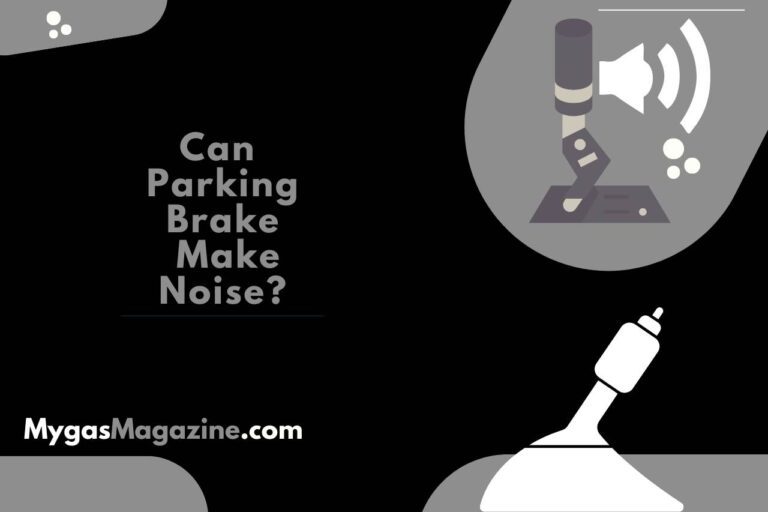
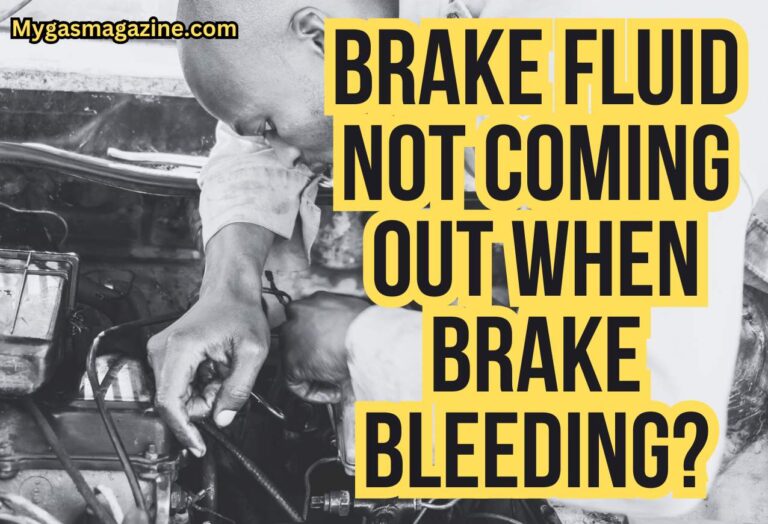
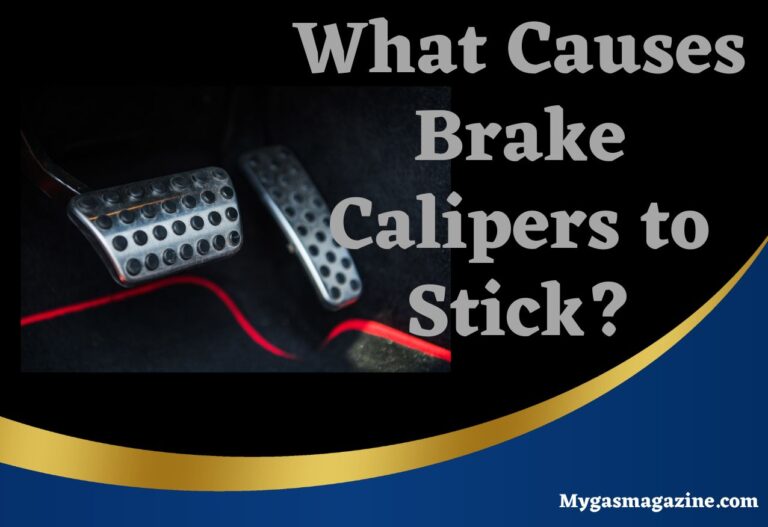
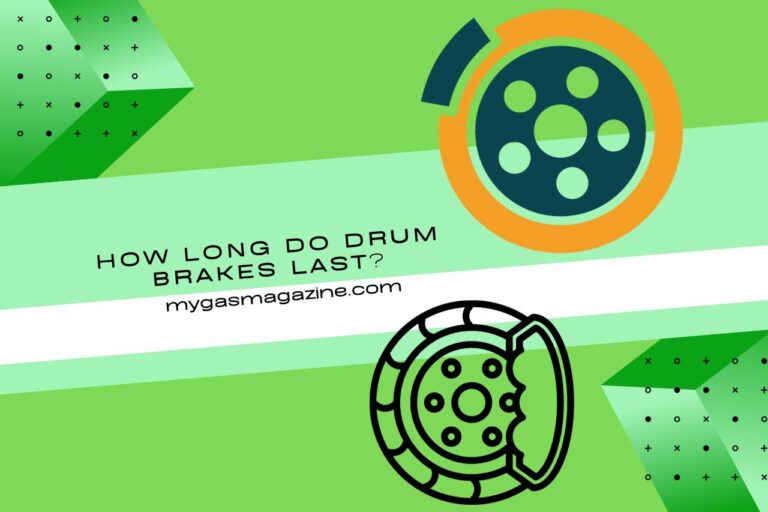
![Do Brake Pads Have Asbestos? [Pros and Cons]](https://mygasmagazine.com/wp-content/uploads/2023/12/How-Long-do-brake-pads-last-2-768x530.jpg)
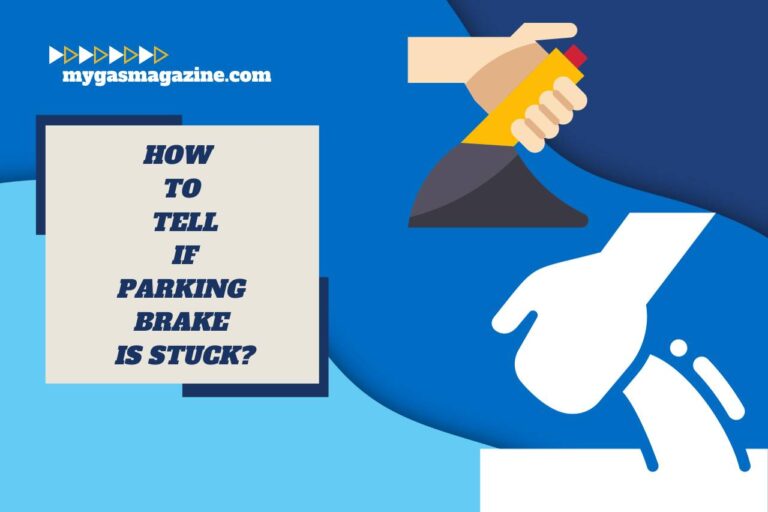
2 Comments
Comments are closed.